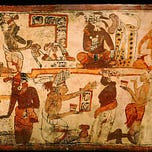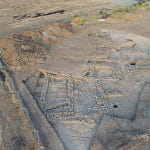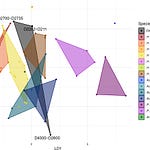Rethinking Money’s First Form
Before coins, before banknotes, before digital ledgers, there were tally sticks. Carved from hazelwood or bamboo or shaped from bone, these objects carried the weight of state power. New research by anthropologist Robert M. Rosenswig argues that tally sticks provide evidence that money began not as barter, but as a form of government accounting, Rosenswig, 2025.1
“The historical record shows that barter does not precede financial money,” Rosenswig writes. “Tally sticks remind us that money is not a scarce commodity but an accounting system rooted in political authority.”
This runs counter to the textbook story, taught to generations of students, that barter came first and money emerged as a market innovation. Instead, the evidence points to governments mobilizing resources, enforcing obligations, and recording debts long before coins circulated widely.











